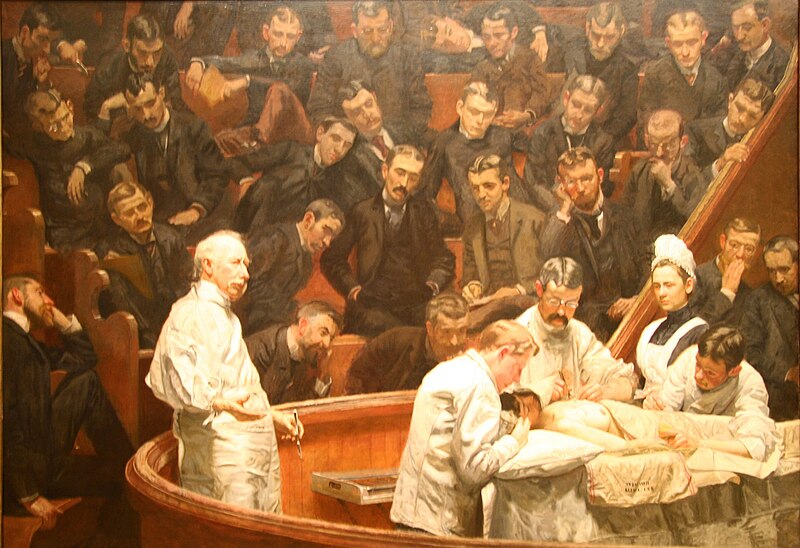
Photo courtesy of Olesya Lysenko, Russia
In an isolated field in northeastern Finland, a group of one thousand human effigies have stood watch since 1994. They are The Silent People of Suomussalmi, and they were the brainchild of artist Reijo Kela. Although his work is often called “site specific,” his scarecrow army actually wandered around since its birth in 1988—including a tour in Helsinki—before coming to rest in Suomussalmi.
The Silent People were created by Kela as part of performance piece, Ilmarin Kynnös, which documented the life of a farmer in Suomussalmi in the early 20th century. This period included the bloody invasion of Finland by Russian troops in the Winter War of 1939-40 and the subsequent depopulation of farm areas in the post-war period. At the end, Kela’s farmer fades into the people of history, the Silent People.

Photo courtesy of Olesya Lysenko, Russia
This part of Finland has been, until modern times, been called the Land of Hunger. The famine of 1695–1697, for example, killed a third of Finland’s population. The Silent People’s clothes hang from their frames in mute testimony to that.
Scarecrows are ephemeral creatures, made to last a season or two and be replaced. A scarecrow built in 1988 would be, in dog years, quite dead. Yet the Silent People remain meticulously dressed, their peat heads lovingly plumped up. They are maintained by the young people of Suomussalmi through the auspices of the Suomussalmi Youth Workshop.
Kela had initially intended the Silent People in his film to be played by actual humans, but was unable to hire actors. He then commissioned the first 240 stick figures to be made by the Youth Workshop, whose mission is to train local unemployed kids. That number of scarecrows corresponded to the number of unemployed youth in the town, which has fewer than 9000 inhabitants.
Each June, a group of kids and adults arrive at the field carrying replacement crosses and trash bags filled with clothing. The figures are stripped, revealing the Silent People to be a field of crosses. Some of the youngsters dig fresh peat heads for the figures (in lieu of straw) while others redress the figures in fresh clothing, which includes pullovers, shirts and undershirts. The old clothes are taken to the dump to be burned. In late September, the same group goes back to the field to dress the figures for winter.
The town works hard to maintain the figures primarily because it has economic benefit: the Silent People have become a tourist attraction. But there’s also identity involved. “To me, these effigies are the people of Kainuu. Life here has been so tough, they have been fighting to earn their living and their daily bread, really. So they are not people who make revolutions. They are humble, but they still, somehow they’re proud in their humility. They are not people who you can crush under your shoe,” a woman told researcher Karen Vedel.
Ours is a very young country in comparison to Finland, and yet I see our ancestors also marching away from us into a misty past. The challenge lies in telling our similar story without merely copying The Silent People of Suomussalmi.



_-_Google_Art_Project.jpg)
